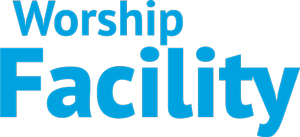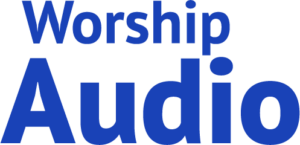RCF has released a new update for its RDNet networked management software — version 4.1 — that includes a new installer, improvements to the user interface, auto updates, a beta-testing program, and a new firmware manager. All designed to work together within the RCF RDNet ecosystem.
RDNet includes system control tools, a line array design platform, and an audio analyzer in one software package. Further, network users can control all DSP settings inside any compatible device, including advanced subwoofer configurations, from a single object to groups of objects.
The primary object of the latest update is to unlink future software and firmware updates so that users are no longer required to perform an RDNet installation when new firmware upgrades are available. In addition, RDNet 4.1 is now able to auto-update when a new version is released, made possible through the introduction of RDNet Launcher, which keeps systems up to date with the latest release for maximum compatibility with all RDNet compatible products.
In addition, users are now able to enroll in the RDNet beta testing program. Individual users will be able to contribute, check and verify all new features weeks before the official release. Subscription to the program is enabled by clicking the “Beta” item in the drop-down menu at the top left of the start screen. Once this selection has been made, it will be necessary to restart the RDNet Launcher. The system can be restored to the Stable release on the same drop-down menu.
It’s recommended to uninstall the old versions of RDNet when installing RDNet 4.1. However, it will be allowed to keep old versions, assuming the risk of possible issues when opening “.rdw” files, which could not be compatible between the various releases.
At first start, RDNet Launcher will require an Internet connection to download the software remotely and log in once inside RDNet. During subsequent startups, the launcher will check for any updates on the network (software and/or firmware) and, if present, will show the Patch Note with the related changes, allowing users to choose whether to apply or skip it. RDNet Launcher is also equipped with a recovery system that facilitates recovering the software in case of corruption or failure to download complete files.
The overall graphical interface is also improved, with new icons and a new style of the synoptic table for improved readability on small screens and to avoid any ambiguity in very bright and/or sunny environments.


